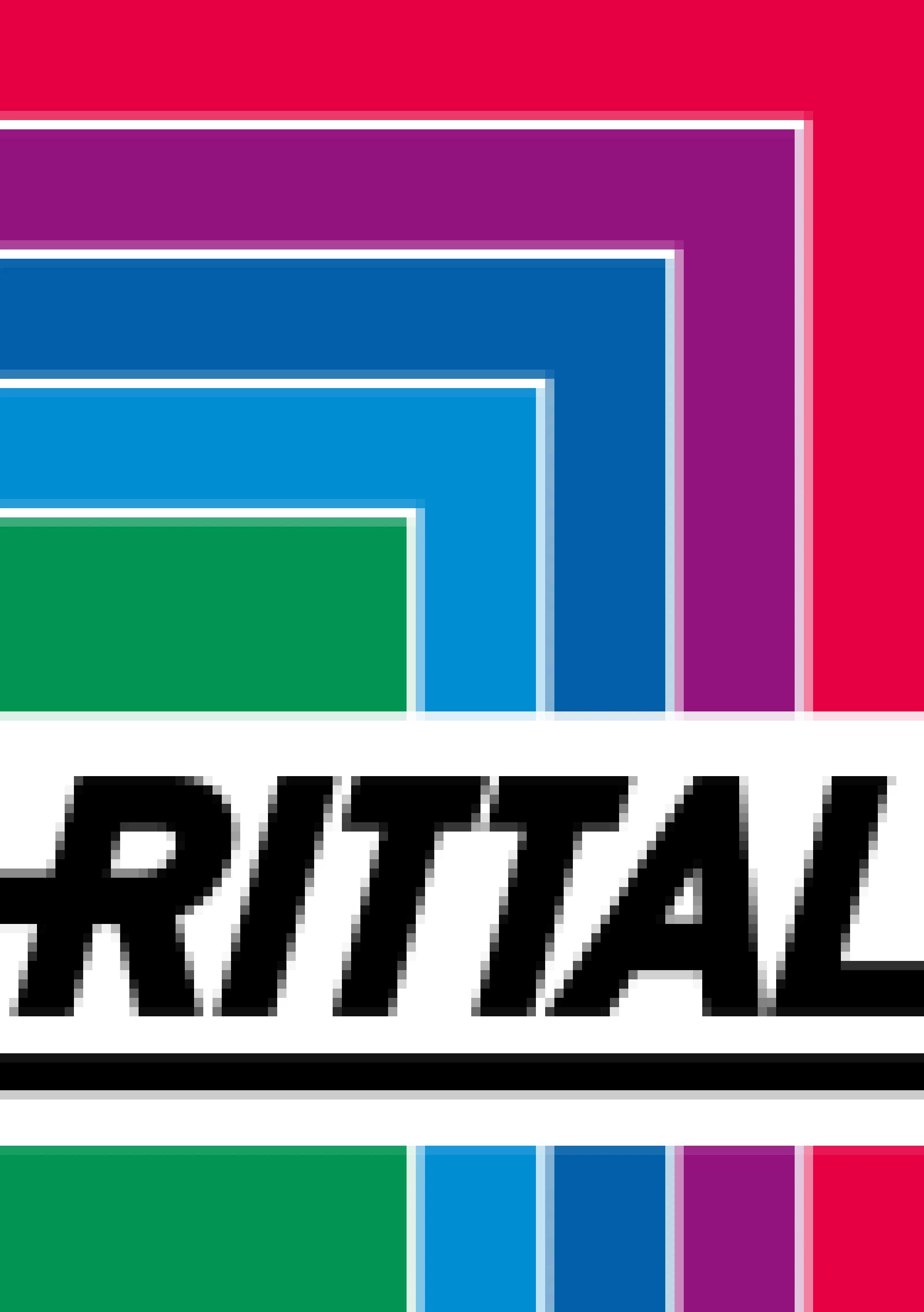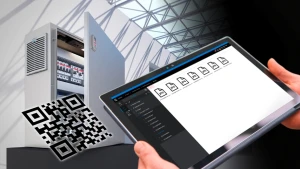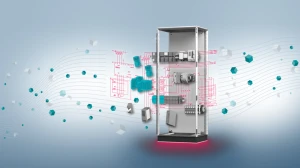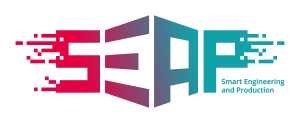Goodbye to paper documentation
These points clearly show why classic paper documentation, such as the “good old” circuit diagram pocket, should be reconsidered. Digital alternatives have been around for a long time, and industry associations such as the ZVEI and the VDMA are driving this development forward. The Asset Administration Shell also provides a standardized format that can be used as a basis.
The digital alternative is to provide the customer or operator of the machine with the control cabinet documentation digitally – as it was created. This corresponds to the approach proposed by the ZVEI regarding the digitalization of product information.






